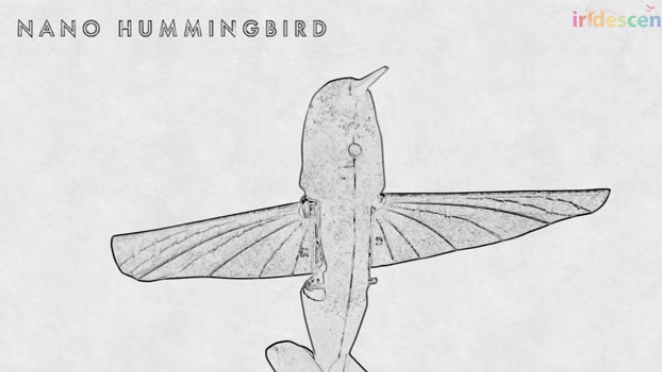Mechanical Hummingbirds
by Andy Boyd
Today, improving upon nature. The University of Houston presents this series about the machines that make our civilization run, and the people whose ingenuity created them.
Natural. It's a deeply evocative word, bringing to mind goodness and harmony - something done right. It's a testament to our respect for nature. But is nature's way always the best way?

100 Percent Natural Photo Credit: Lemon Loco Designs
The question was vividly brought to my attention while watching a video about none other than mechanical hummingbirds. I've long been a fan of the real thing, and I keep a hummingbird feeder situated outside my office window in line of site with my computer screen. Hummingbirds are delightful little creatures, with their ability to hover and dart in all directions. And they do so in the mere blink of an eye. They're truly an engineering marvel - of the natural sort.
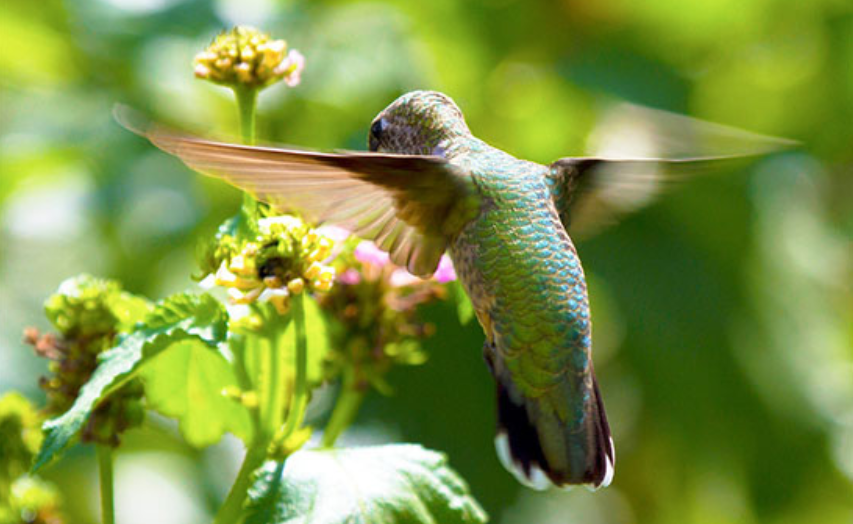
Hummingbird Photo Credit: Dr. John Lienhard
But they're also very inefficient. Hummingbirds hover by flapping their wings up to one hundred times per second. They thrust their wings forward, pushing down on the air and providing lift. That's all well and good. But then they must immediately bring their wings to a stop and continue the process by thrusting them backward. All the momentum they build up is brought to a halt and must be recreated - not just once, but over and over with each flap of the wings. That's why they spend so much of their lifetimes eating. And that's why one of the biggest challenges facing a mechanical hummingbird is getting it enough energy to fly. To go any distance, it would need to constantly recharge itself.
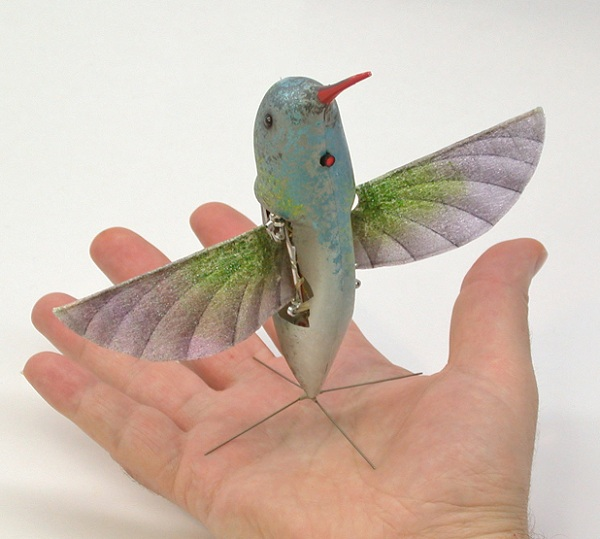
Nano Hummingbird Photo Credit: Wikimedia
Fortunately, there's a far more energy efficient solution: the rotor blades we see on top of helicopters and their small drone cousins. Rather than moving back and forth, blades travel in a continuous circular motion. Once they've reached flying speed, the blades need relatively little energy to keep them moving. Much like the small, hand powered merry-go-rounds that were once so common on public playgrounds, once in motion, angular momentum wants to keep the blades turning. Without friction, the blades wouldn't need any additional energy. And the technology underlying this marvel is nothing more than ball bearings and a little grease.
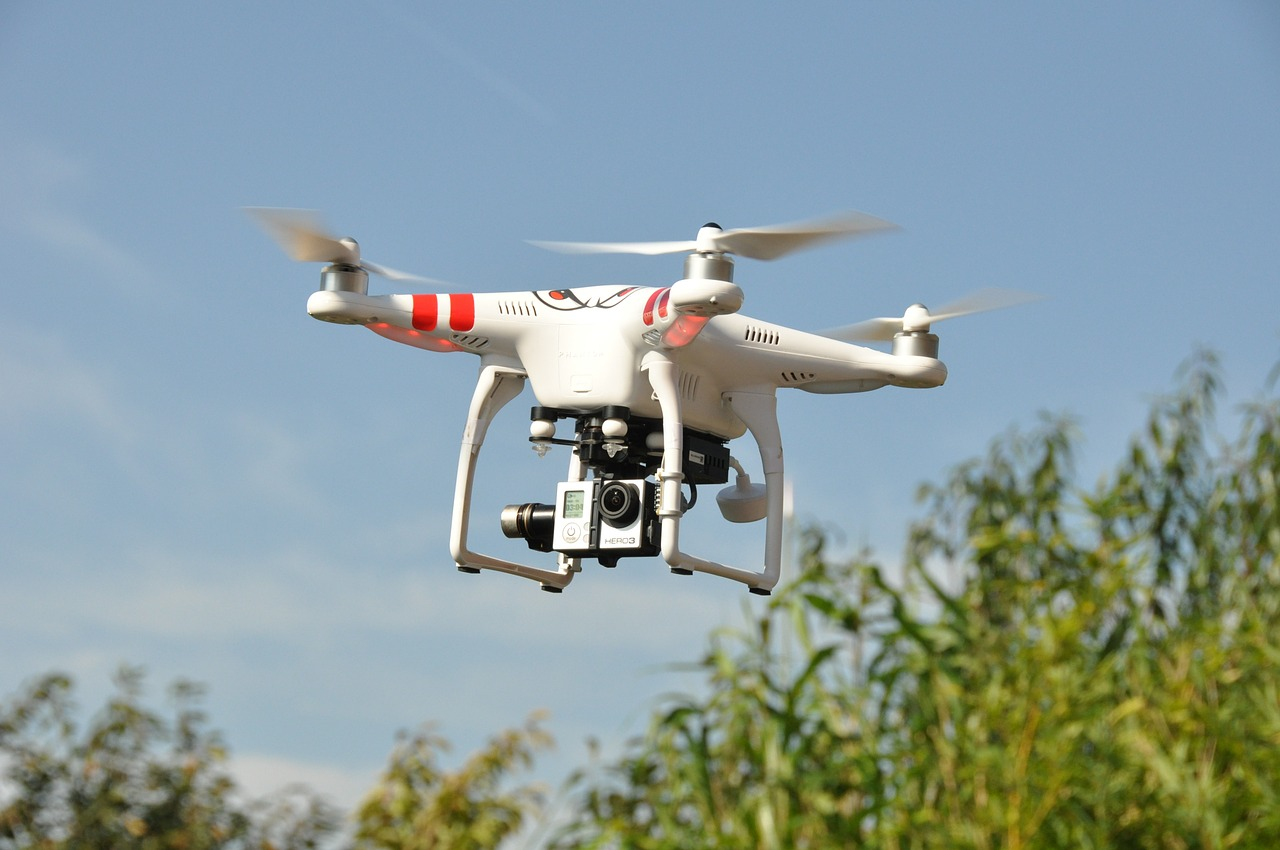
Drone Photo Credit: Pixabay
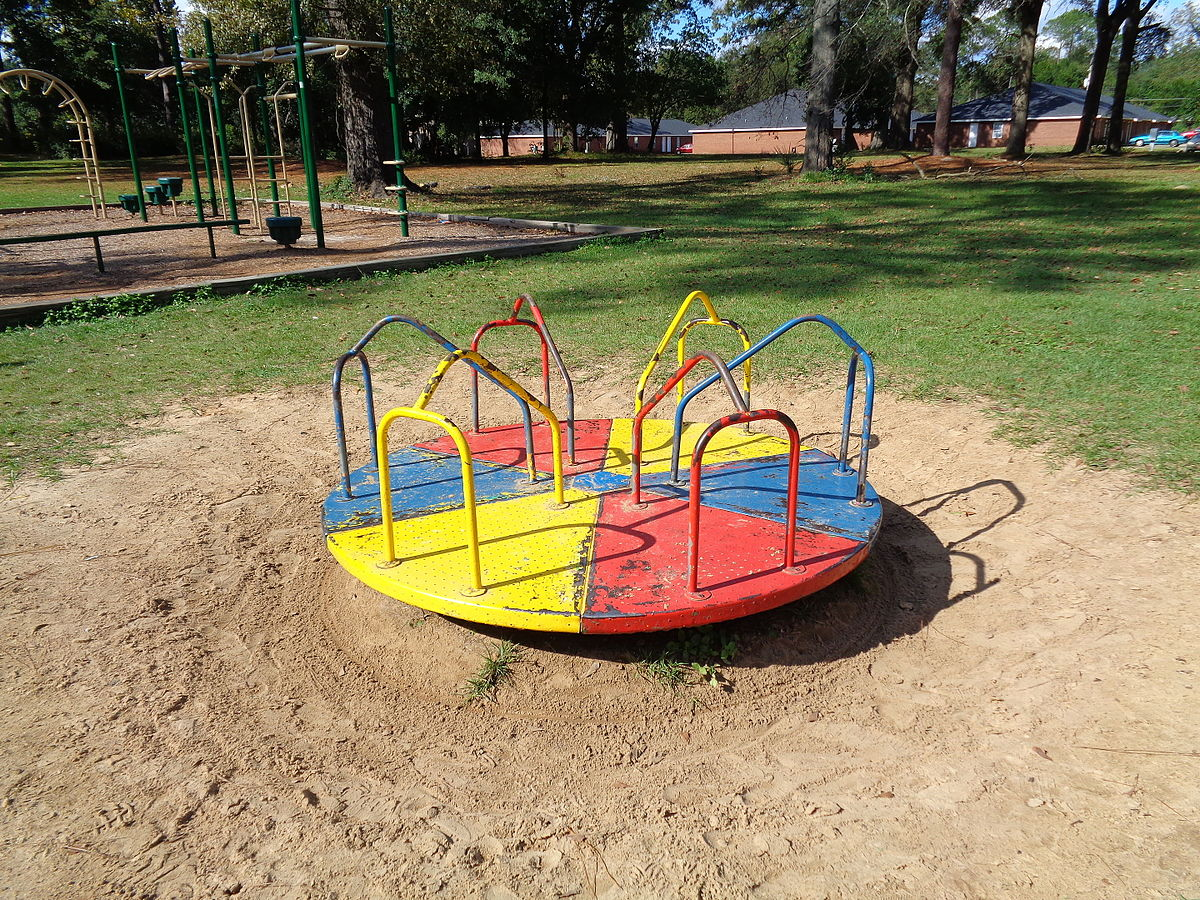
Merry Go Round Photo Credit: Wikipedia
Yet, simple though it may be, it's a solution nature has never managed to come up with. Living organisms don't have body parts capable of continuously rotating in one direction. Imagine driving a screw into the wall without the need for constantly regripping the screwdriver - just keep that wrist turning. Mechanical robots make use of this trick all the time. At least in the case of rotating limbs, engineers seem to have the upper hand over nature.
Nature provides many elegant, beautiful solutions to life's engineering problems. But nature, too, has her limitations. And unlike any other life on earth, we humans can use our minds to look at these limitations and see if we can improve upon them. Natural is good, but it's important to keep in mind that just because something isn't natural doesn't mean it's bad. Why, that's only natural, don't you think?
I'm Andy Boyd at the University of Houston, where we're interested in the way inventive minds work.
(Theme music)
For related episodes, see THE AIRPLANE AS A BIRD, POWERING AEROPLANES, HELICOPTER, and HUMMINGBIRDS.
While there are no written references related to this essay, it was inspired by the following two videos of Matt Keennon, program director at AeroVironment, about a project he worked on for the Defense Advanced Research Projects Agency.
First Robotic Flying Hummingbird. (Click image for link)
Nano Hummingbird. (Click image for link)

